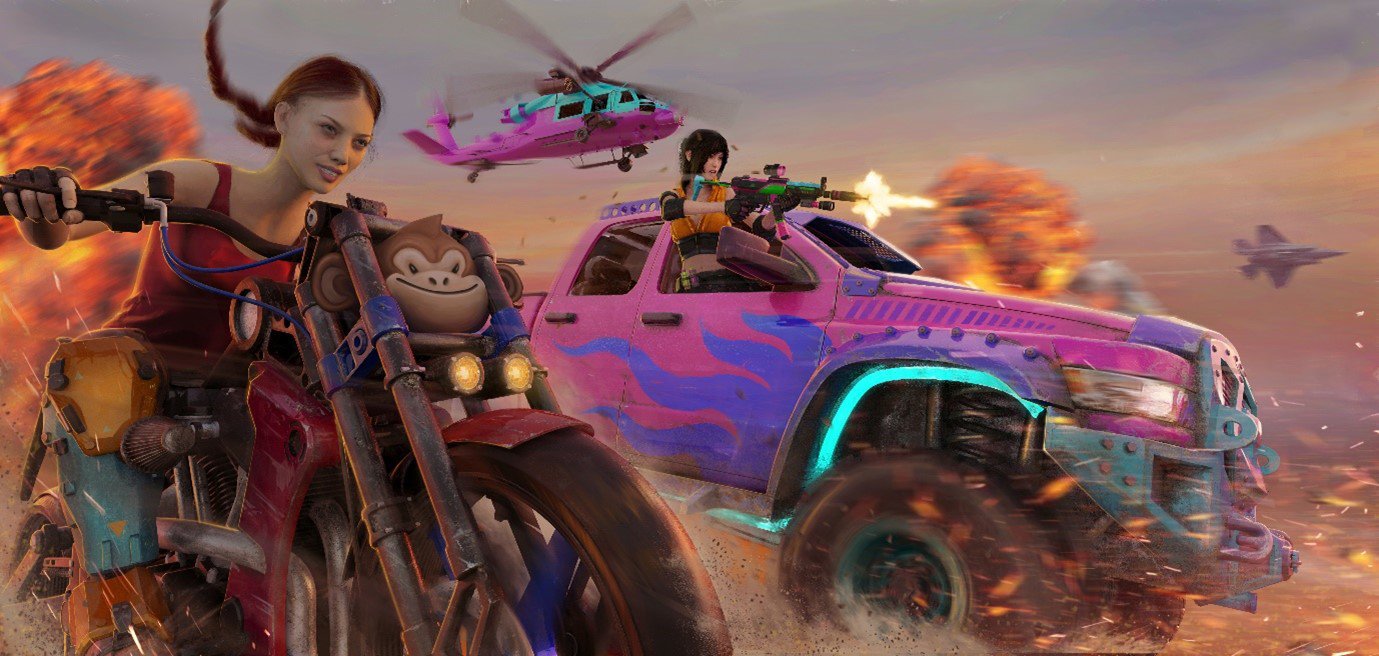
Digital Professional Image Processor An integral part of the supply chain and producing a final image. This ranges from automatic features, on-device correction like red-eye removal through DIY features like Instagram filters to detailed. Expert work like fabric smoothening, composition, etc.,
Which requires expertise in relevant software, as well as a creative eye. In professional settings like commercial photography and marketing material creation. This work is typically done by image processing specialist companies like Manipal Digital Systems. Which employ hundreds, even thousands of professionally trained image processing professionals.
We often discuss the role of image editing companies in the complicated global supply chain of visual asset creation. Today we decided to focus on the people who make it possible. The millions of professional image processors and graphic artists around the world that help process the billions of professional photos each year.
Key Skills
Successful image editing professionals need a rare mix of software and creative skills to deliver high-quality work. All are highly skilled in one or more software packages like Adobe Photoshop, After Effects, Illustrator, Maya, etc., Since all professional photo editing is software-package-based work. In fact, different companies create entire training programs for new recruits designed to develop muscle memory around the most frequent tasks the artist will perform- that’s the secret of blazing-fast, high-quality work.
Most image editing professionals have a keen sense of aesthetics, and many are quite talented artists, graphic designers, etc., which helps them understand their clients’ visions. As a result, image editing professionals also tend to be excellent verbal and visual communicators.
This is especially crucial in high-end retouching work, where clients sometimes cannot describe the exact details of their desired end results precisely but instead rely on discussing the overall “look and feel” of the finished piece and rely on the image editors to turn their visions into real images. In addition to expert image editors, this quality is also necessary for other graphic artists who work on CGI assets, Virtual Staging projects, and even User Interfaces for Mobile Apps and software design projects.

Figure 2: Example of CGI art created by professional photo editor/graphic artist, probably for a video game client

Figure 3: Example of a composited “virtual staging” of a room for real estate marketing application. The walls of the property are the only real objects and are composited with CGI elements like the furniture, lighting, and decorations.
Role in Image Production Supply Chain
The commercial visual asset supply chain consists of Conceptualization (i.e., planning what the end image will look like). Pre-Production (i.e., Arranging the photoshoots and rigging to capture the images). Production (image capture or CGI asset creation). and Post-production (final major or minor image manipulation to achieve the necessary look). No one step is more important than the rest.
Of these, the image processor mainly works in the last i.e., Post-production stage.
Post-Production: Whether they are captured through shoots, or assembled in CGI scenes, before the post-production stage, all images are full-detail, unaltered, “raw” images. Image post-production is the purview of the image editors. Their work falls into two basic categories:
1) Image Alteration; and
2) Image Composition / de-composition
1. Image Alteration:
This work consists of making modifications to the captured image to remove imperfections and alter the look and feel, but without transforming the basic scene of the image. Common image alteration work includes background / lighting / brightness adjustment; fabric smoothening; color correction; wrinkle-removal / skin smoothening and skin tone adjustment; skin blemish / stray hair removal; adding / removing shadows; object color / texture / transparency alteration, etc.

Figure 4: An example of image editing for fashion applications. Notice the differences between the raw (left) and retouched (right) images
Image alteration has a deep connection with aesthetics, with stylistic and even moralistic connotations. For instance, in the early days of software-based image editing, some image editors stretched and even crossed ethical boundaries. Doing edits because the software allowed it rather than to achieve the best looks, achieving results that looked not only fake but grotesque, if not offensive.
Modern image editors are far more sophisticated in their approach to image editing. The basic, unspoken rule of Image editing is to correct temporary flaws but not to try and alter permanent features. That said, a professional image editor’s first priority is to bring their clients’ vision to light. Exactly as the client wants it done!
2. Image Composition / de-composition:
Digital editing software allows editors to pick out individual elements like objects, people, and backgrounds and create “cut-outs” i.e. new image files that consist of only the outlines of chosen objects or people or “silos,” i.e. shadow-like silhouettes of the cut-outs. Therefore these can then be re-assembled on new “blank” canvases into entirely new images. Allowing the same images to be used again and again in a variety of photos. This is an essential cost-saving tactic in commercial marketing material creation.

Figure 5: This image of these luscious strawberries was created using cut-outs of raw footage of strawberries, retouched and shadow added, and then reassembled on a white background, probably for digital marketing.
Another important usage of composition is to create original art. Any modern movie poster is a beautiful example of photographs, CGI assets. Even digitally altered versions of real people assembled into collages of blended artforms.
Beyond movie posters, this technique of compositing is useful to create. The high-end marketing material for real estate, automobiles, and luxury goods, and any other industry where reality needs to be shown, meeting fantasy.

Figure 6: Example of a composited photo. Separate photos of the model and the mountains are composited into one. The background is added in CGI to create a new meaning conveying a new meaning. Image processors help bring life to clients’ ideas to best depict the qualities of their products and services.
Conclusion
Likewise image processors enable fast, cost-efficient production of commercial imagery, from basic edits on low cost. The volume work for eCommerce and mailers to highly artistic, skilled work for high-end retouching. Accordingly the new breed of high-tech composited artwork that now graces magazine covers, adorn packages as beautiful artwork and gets turned into GIFs and other video assets for digital marketing applications. As a result the internet becomes ever more visual, we see professional image processors becoming mainstays of fast. The affordable post-production in conjunction with newer technology like Machine Learning.
Manipal Digital Systems is one of the largest image processing companies in the world. Yet even we get constantly amazed at the diversity and inclusivity of the image processing industry.
Our own workforce of thousands of talented artists includes people of every imaginable gender, socio-economic background, orientation, and age, working together seamlessly to create millions of images a year in the first place.
We hope you enjoyed this brief detour from our regular perspective articles on the creative arts industries. To take a peek into the typical lives of the professionals who make it look easy. As they create the images that influence and enthrall us.



